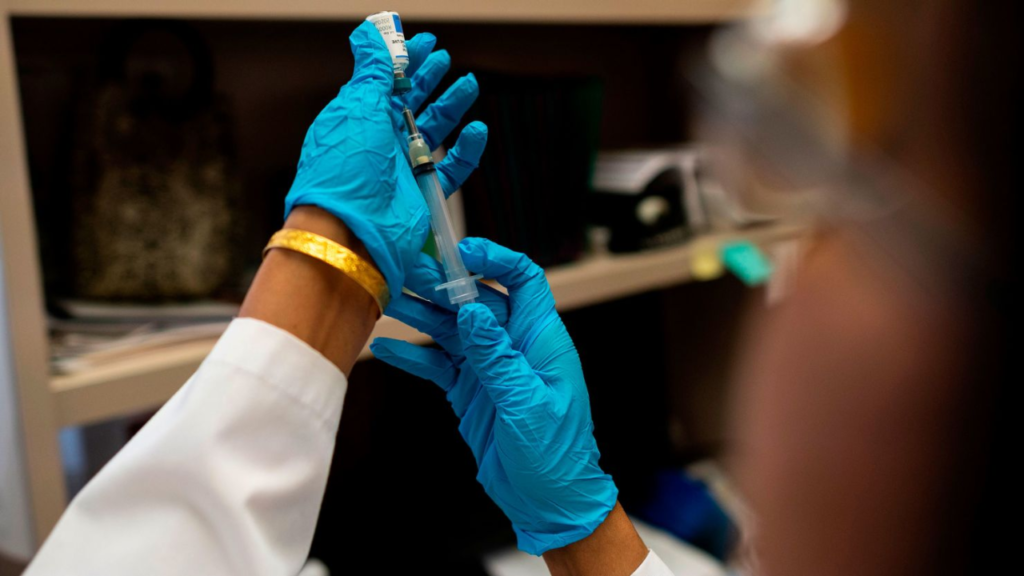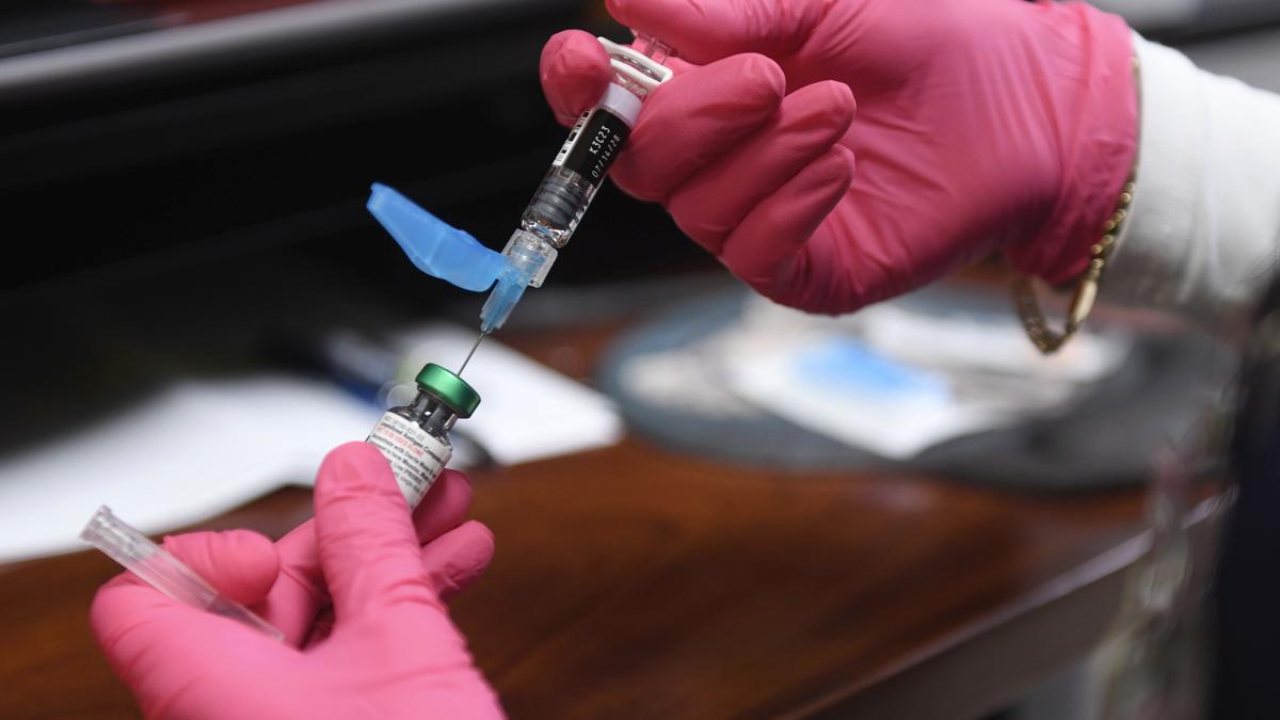Measles cases in the United States have surged to 939 in 29 states this year, according to the Centers for Disease Control and Prevention (CDC).
This alarming rise comes as the year is just a third of the way through, marking the second-highest number of cases since the disease was officially declared eliminated by the CDC in 2000.
The most significant increase in recent history occurred in 2019, when 1,273 cases were reported, while 2024 saw only 285 cases.
Six states are currently reporting outbreaks, defined as three or more linked cases: Indiana, Kansas, Michigan, New Mexico, Ohio, and Texas. The data provided by the CDC includes cases reported by noon on Thursday.
Texas is the state with the highest number of cases, tallying 663, as per the Texas Department of State Health Services.
The state’s vaccination rate stands at 94.3%, while West Virginia boasts the highest vaccination rate at 98.3%. Idaho, on the other hand, has the lowest rate at 79.6%. The outbreak has also led to the deaths of two individuals in Texas and one in New Mexico.
Weekly reports indicate that the peak of new cases occurred on March 30, with 111 cases registered. The Chicago area also reported its first measles cases this week.
One case involved a suburban Cook County resident with an unknown vaccination status, while the other was an adult Chicago resident who had traveled internationally and had received one dose of the MMR vaccine, as reported by the Chicago Department of Public Health and the Cook County Department of Public Health.
The CDC stated that approximately 96% of the cases this year are among unvaccinated individuals or those with an unknown vaccination status.
Only 2% of the cases are among those who received one dose of the measles, mumps, rubella (MMR) vaccine, and another 2% are from individuals who received the full two doses. The CDC also reported that 13% of the infected individuals have been hospitalized, most of whom are under the age of 19.
“This is a disease that was at the level of complete eradication; this should not be happening,” said Dr. Conrad Fischer, Chief of Infectious Diseases at One Brooklyn Health in New York City, during an interview with ABC News.

“It’s very sad to have an enormously safe vaccine that has been used in billions of people and to have a sort of cultural societal amnesia about what these illnesses were like in the past.”
Measles is known as the most contagious infectious disease to humans, transmitted through the air by respiratory droplets when an infected person coughs or sneezes.
Dr. Fischer explained the extreme contagiousness of measles, saying, “For instance, tuberculosis will spread only to 2 or 3% of the people exposed. But if you are not vaccinated and you’re exposed to someone with measles, you have a 90% chance of getting that infection.”
Symptoms of measles include a cough, runny nose, inflamed eyes, sore throat, fever, and a red, blotchy skin rash. Treatment typically involves over-the-counter fever reducers or vitamin A.
So far this year, six countries in North and South America have reported a total of 2,318 measles cases. This includes the U.S., Canada (1,069 cases), Mexico (421 cases), Argentina (21 cases), Belize (1 case), and Brazil (5 cases), as per the World Health Organization (WHO).
Measles was declared eliminated in the United States in 2000 following the introduction of the vaccination program, meaning that the disease was no longer spreading within the country.
New cases generally occur when an individual contracts measles abroad and then returns to the U.S. The first measles vaccine was licensed for public use in 1963, according to the WHO, and the MMR vaccine, which covers measles, mumps, and rubella, was first administered in 1971.
Before the introduction of the vaccine, nearly every child in the U.S. contracted measles by the age of 15. The CDC estimates that between 3 and 4 million people in the U.S. were affected by measles each year before the vaccine’s availability.
This included 48,000 hospitalizations, 400-500 deaths, and about 1,000 cases of encephalitis, a potentially severe brain swelling condition.
Disclaimer- Our team has thoroughly fact-checked this article to ensure its accuracy and maintain its credibility. We are committed to providing honest and reliable content for our readers.






